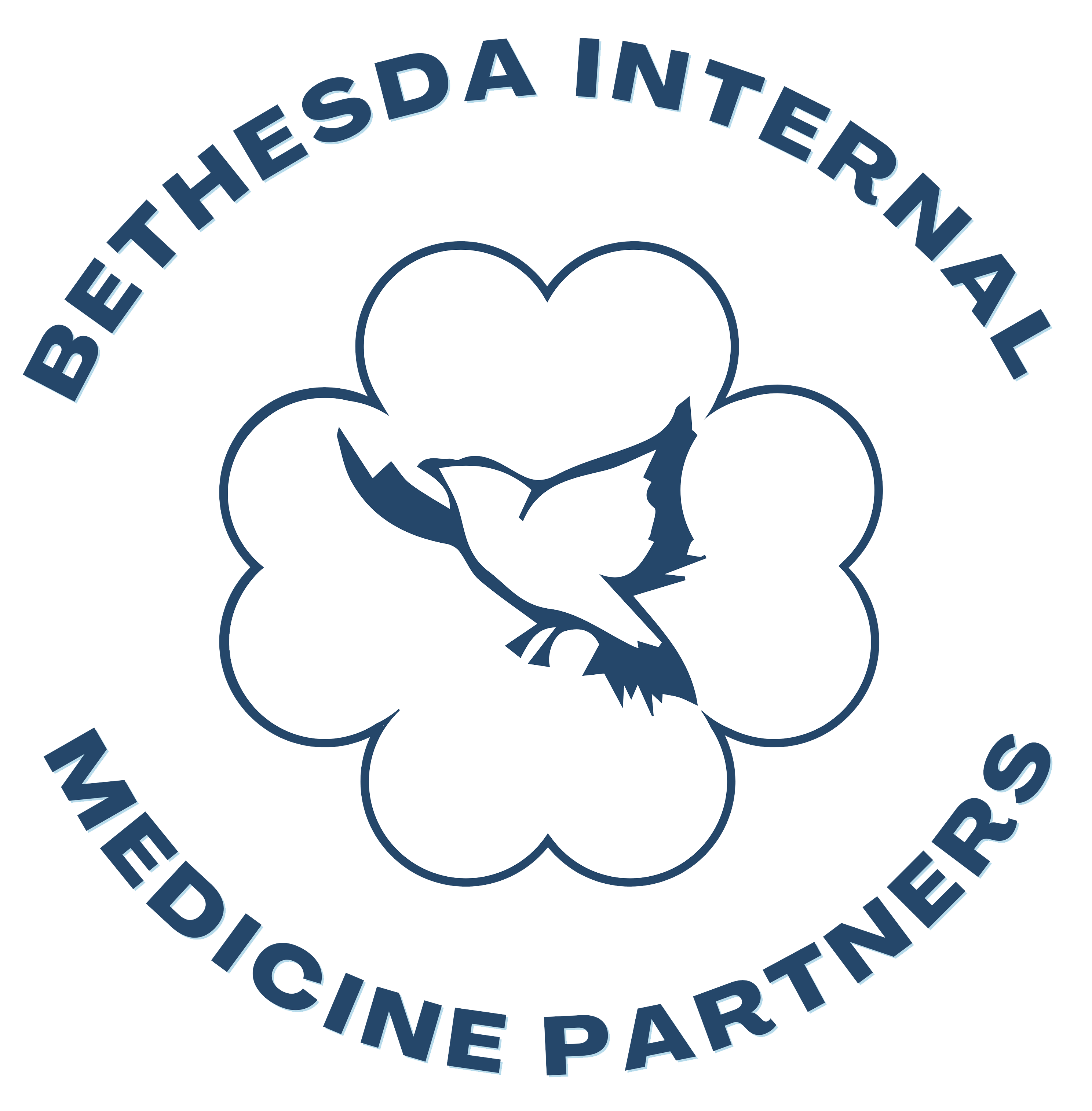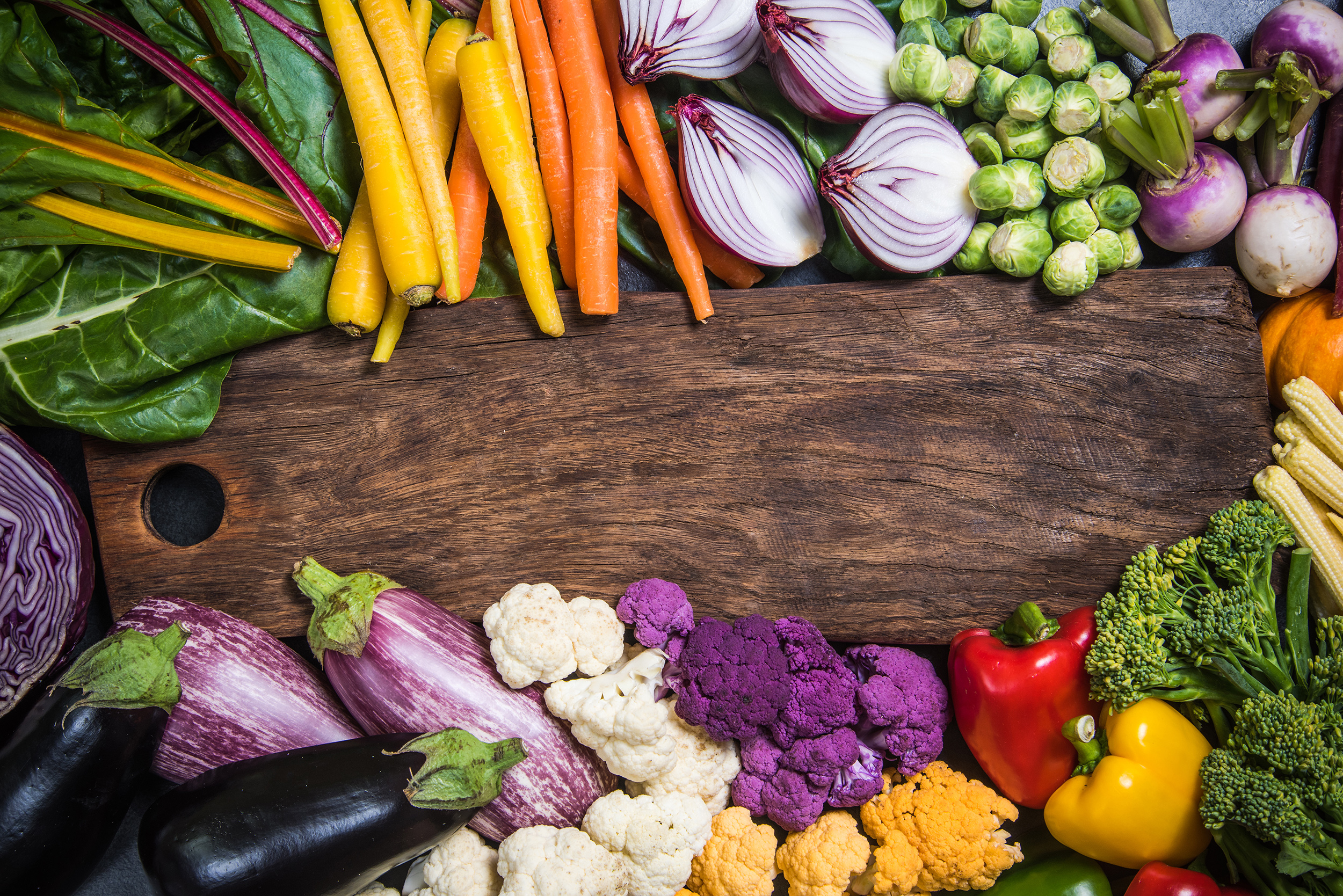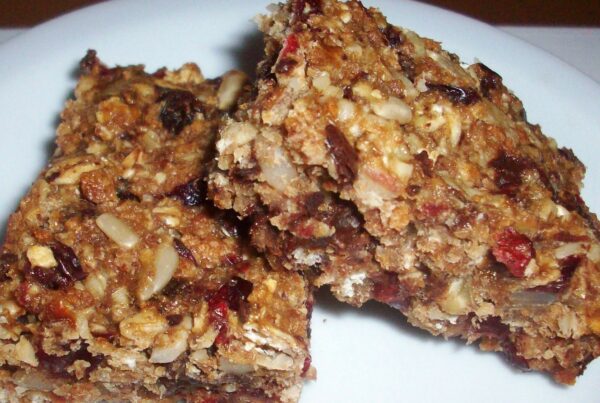Fighting Cancer with your Fork
The most common cancers for women in the US are Breast, Lung, Uterine, Colorectal and Melanoma
The most common cancers for men in the US are Prostate, Lung, Colorectal, Bladder and Melanoma
Breast cancer is the most common cancer diagnosed among US women and is the second leading cause of death among women after lung cancer.
Aside from non-melanoma skin cancer, prostate cancer is the most common cancer among men in the United States. It is also one of the leading causes of cancer death among men of all races and Hispanic origin populations
Worldwide 1 in 6 deaths are caused by cancer. The choices we make each day can help to reduce our risk of cancer.
What can you do to maintain a healthy lifestyle in this challenging food environment?
- Be as lean as possible without becoming underweight.
- Be physically active for at least 30 minutes every day.
- Avoid sugary drinks and limit consumption of energy-dense foods.
- Eat more of a variety of vegetables, fruits, whole grains, and legumes.
- Limit consumption of red meats (i.e.: beef, pork, lamb) to between 11-18 oz. per week, and avoid processed meats.
- If consumed at all, limit alcoholic drinks to 2 for men and 1 for women per day.
- Limit consumption of salty foods.
- Don’t use supplements to protect against cancer.
- If possible, mothers should breastfeed exclusively for up to 6 months, and continue breastfeeding for at least 1 year after introducing solids to help reduce breast cancer in moms and obesity in children.
- After treatment, it is best for cancer survivors to follow the same recommendations for cancer prevention!
Pay attention to your weight
- Research shows excess fat may be related to increased cancer cell growth. When excess fat is decreased through weight loss from a healthy diet and exercise, this can be reversible. But remember, muscle weighs more than fat so it’s also important to not rely completely on the number on the scale.
Stay active as much as you can
- Minimum of 150 minutes of moderate, or 75 minutes of vigorous activity to reduce risk of chronic diseases. Ideally, aim for more! Weight loss and maintenance requires at least 300 minutes of moderate or 150 minutes of vigorous activity. This does not have to be just in a gym or done as planned workouts – walking your dog, gardening, playing a sport all count.
Why do we need to reduce our sugar consumption?
- Increased refined sugar intake can lead to increased insulin, and excess insulin can promote tumor growth. Overeating, weight gain, and a sedentary lifestyle can all increase insulin levels. Physical activity, weight loss, and eating complex carbohydrates can reduce insulin levels. A study done on individuals with breast cancer showed that lower fasting insulin levels at the time of their diagnosis was associated with improved survival.
How do you apply this to the foods you eat?
- Choose fruits, vegetables, and whole grains most often over other refined carbohydrates like donuts, candy, soda, and other processed foods. At meals and snacks, strive to incorporate a combination of carbohydrates, fats, and protein to promote satiety and a lower insulin response
Limit red meat consumption
- AICR (American Institute for Cancer Research) recommends limiting to <18 oz per week, with long term goal of <11 oz
- Includes beef, pork, lamb
- Limiting processed meats
- Meats that have been smoked, cured, or salted OR
- Preserved by nitrates/nitrites, sulfates/sulfites
- Ham, bacon, pastrami, salami, hot dogs, sausages
- Studies have shown increased meat consumption is often correlated with decreased plant consumption
Fruits & vegetables and their role
- Vitamins, minerals, and fiber
- Phytonutrients
- May interfere with growth and multiplication of cancer cells, exerting a protective effect
- Carotenoids, anthocyanins, lycopenes, anthoxanthins
- Antioxidants – help prevent damage to cells from free radicals
- Vitamins A, C, E, selenium and phytonutrients
- The best way to reap benefits of phytonutrients and antioxidants is eating whole foods because of synergistic effects
How do you apply this to the foods you eat?
- Water first, veggies most! Strive for a predominantly plant-based diet, aiming for 5 cups of fruits/veggies each day. Make sure you eat a variety of colors throughout the week to reap the most benefits. There is no scientific evidence to date that indicates organic produce offers any more advantage than conventional, it’s still more important to eat fruits and vegetables overall. Wash your produce.
How do you apply this to the foods on your plate?
- Follow the New American Plate 2/3—1/3 model. This emphasizes foods that can reduce your risk for cancer and other chronic diseases. Fill at least two-thirds (2/3) of your plate with plant foods such as whole grains, vegetables, fruit and beans. The remaining third (1/3) of your plate may be filled with animal-based protein rich foods such as seafood, poultry and dairy foods and occasionally with lean red meat







